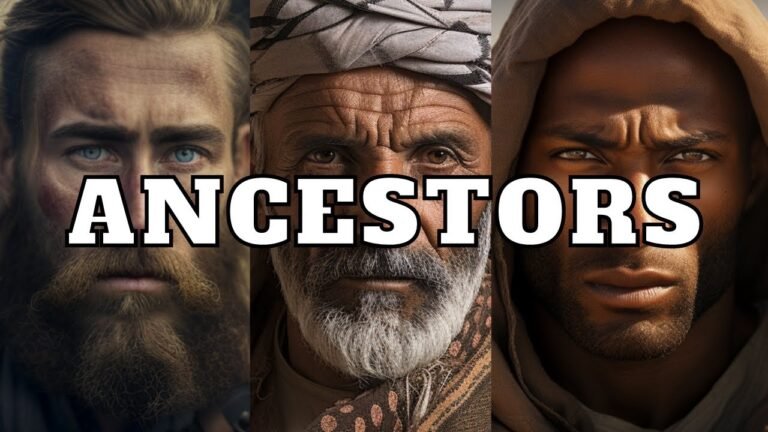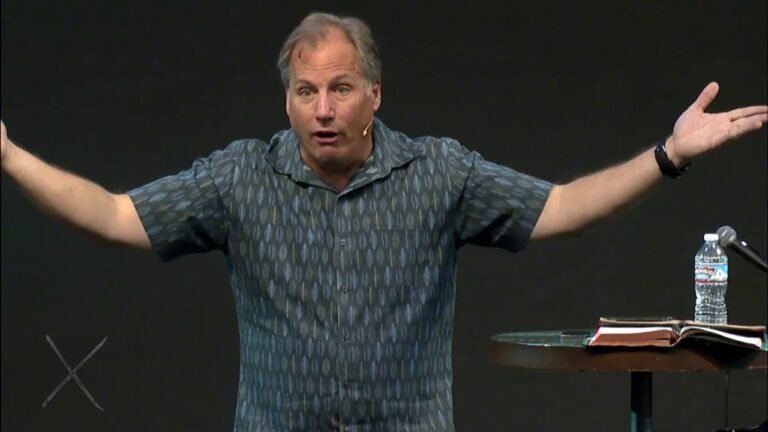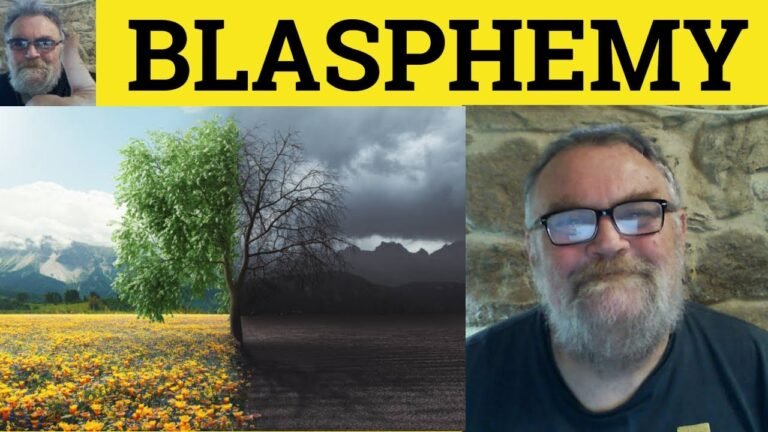The Legacy of Shem, Ham, and Japheth: Exploring Their Impact
In the tapestry of biblical history, the figures of Shem, Ham, and Japheth stand out as pivotal characters whose narratives have shaped cultural and theological discussions for centuries. As the sons of Noah, they represent the diverse lineages of humanity that emerged after the Great Flood, each embodying unique traits and destinies. Their stories not only illuminate ancient beliefs but also offer insights into the complexities of human heritage and the interwoven fabric of civilization. Exploring the legacy of Shem, Ham, and Japheth reveals much about our past and its enduring impact on the present.
Who were the wives of Shem, Ham, and Japheth?
According to the Book of Jubilees, which holds significance in the Ethiopian Orthodox Church and Beta Israel, the wives of Shem, Ham, and Japheth are identified by name. Emzara is noted as the wife of Noah, while Shem’s wife is Sedeqetelebab, Ham’s wife is Na’eltama’uk, and Japheth’s wife is Adataneses. These names enrich the biblical narrative, providing a glimpse into the familial connections that played a pivotal role in the post-flood world.
What was Noah’s age when Shem, Ham, and Japheth were born?
According to the biblical account in Genesis, Noah became the father of Shem, Ham, and Japheth at the age of 500. This significant milestone marks the beginning of his role as a patriarch in history, as these three sons would go on to play importante roles in the generations that followed. While the scripture does not provide specific details regarding the birth years of each son, it establishes Noah’s age as a pivotal reference point.
Noah’s life is further contextualized by the timeline leading to the flood, which occurred when he was 600 years old. This information underscores the long span of time between the birth of his sons and the monumental events that followed, illustrating the importance of family lineage in biblical narratives. The ages reflect a period where divine purposes were unfolding through Noah and his descendants.
The legacy of Noah and his sons is foundational in understanding the genealogical framework of humanity as described in the scriptures. Their births not only signify a new generation but also set the stage for the covenant that God would establish with Noah after the flood. This narrative serves as a reminder of the interconnectedness of family, faith, and divine planning throughout history.
From which son of Noah did Jesus descend?
Noah’s three sons, Shem, Ham, and Japheth, played pivotal roles in repopulating the earth following the Great Flood. Each son became the patriarch of various nations and ethnic groups, laying the foundation for the diverse cultures that exist today. Among them, Shem is particularly significant as he is regarded as the ancestor of the Hebrew people, establishing a lineage that would shape the course of biblical history.
Jesus, as a central figure in Christianity, was born into a Hebrew lineage, which directly traces back to Shem. This connection not only emphasizes His cultural and ethnic roots but also highlights the continuity of God’s covenant with His people. Through Shem’s line, the promise of a Messiah was fulfilled in Jesus, underscoring the importance of ancestry in biblical narratives.
Thus, understanding the lineage of Noah’s sons deepens the appreciation of Jesus’ heritage and the fulfillment of prophetic traditions. It reinforces the idea that Jesus is not only a spiritual leader but also a descendant of a long line of faithful individuals chosen by God. This heritage enriches the story of salvation and the unfolding of divine purpose throughout generations.
Unraveling the Roots of Civilization
The origins of civilization are woven into the intricate tapestry of human history, marked by the emergence of agriculture, urbanization, and social complexity. As hunter-gatherer societies transitioned to settled farming communities, people began to cultivate not just crops but also relationships, leading to the development of trade networks and specialized labor. This shift not only enhanced food security but also laid the groundwork for innovations in technology, governance, and culture, resulting in the first great civilizations.
As these early societies flourished, they established systems of writing, law, and religion that would influence generations to come. The creation of written language enabled the documentation of knowledge and the codification of laws, fostering a sense of order and shared identity among individuals. Meanwhile, the rise of organized religion provided a framework for moral values and community cohesion, allowing civilizations to thrive despite the challenges of conflict and resource scarcity.
The legacy of these foundational societies is still evident today, as their innovations continue to shape our modern world. From the principles of democracy to advancements in science and art, the roots of civilization have profoundly influenced our collective progress. Understanding these early developments not only illuminates the path we have traveled but also offers insights into the complexities of contemporary society, encouraging us to appreciate the interconnectedness of our shared human experience.
The Three Brothers: A Historical Perspective
The story of the Three Brothers is woven into the fabric of history, symbolizing resilience and unity in times of adversity. Emerging from a tumultuous era, these figures represent not only familial bonds but also the collective struggle of their community. Their journey, marked by challenges and triumphs, resonates with the themes of loyalty and sacrifice, offering a lens through which we can understand the broader societal transformations of their time.
As their legacy continues to inspire generations, the Three Brothers serve as a reminder of the power of collaboration and the importance of shared values. Their tale underscores the notion that history is not merely a sequence of events but a rich tapestry of interconnected lives and experiences. By reflecting on their contributions, we gain insight into the social dynamics and cultural shifts that have shaped our world, encouraging us to honor the past while forging a path forward.
Cultural Footprints Across Continents
From the ancient ruins of Machu Picchu in Peru to the vibrant street art of Berlin, cultural footprints weave a rich tapestry that connects diverse societies across continents. These remnants of human creativity and expression serve as a testament to our shared history, illuminating how traditions, beliefs, and artistic endeavors transcend geographical boundaries. Each culture leaves its mark, whether through architecture, music, or culinary practices, creating a dynamic dialogue that fosters understanding and appreciation among people from all walks of life.
As we explore these cultural landmarks, we discover the stories they tell—the resilience of communities, the evolution of ideas, and the exchange of knowledge. Festivals, rituals, and local customs further enrich this global narrative, inviting travelers to engage and participate in experiences that honor both heritage and innovation. By embracing these cultural footprints, we not only celebrate our differences but also recognize the threads that bind us together, inspiring future generations to appreciate the beauty of our interconnected world.
Lessons from the Sons of Noah
The story of the Sons of Noah offers profound lessons on unity, diversity, and the importance of collaboration. Each son represents different nations and cultures, highlighting how our differences can be strengths rather than divisions. In a world increasingly marked by discord, their narrative reminds us that cooperation and mutual respect are essential for building a harmonious society. Embracing our unique backgrounds while working together towards common goals can lead to a more inclusive and resilient future, echoing the timeless relevance of this ancient tale.
The legacy of Shem, Ham, and Japheth extends far beyond their biblical origins, shaping cultural narratives and influencing diverse societies across the globe. Their stories remind us of the rich tapestry of human history, where every lineage contributes to the collective journey of humanity. Embracing this heritage encourages a deeper understanding of our interconnectedness and the shared values that bind us, inspiring a future rooted in unity and respect for our diverse backgrounds.







